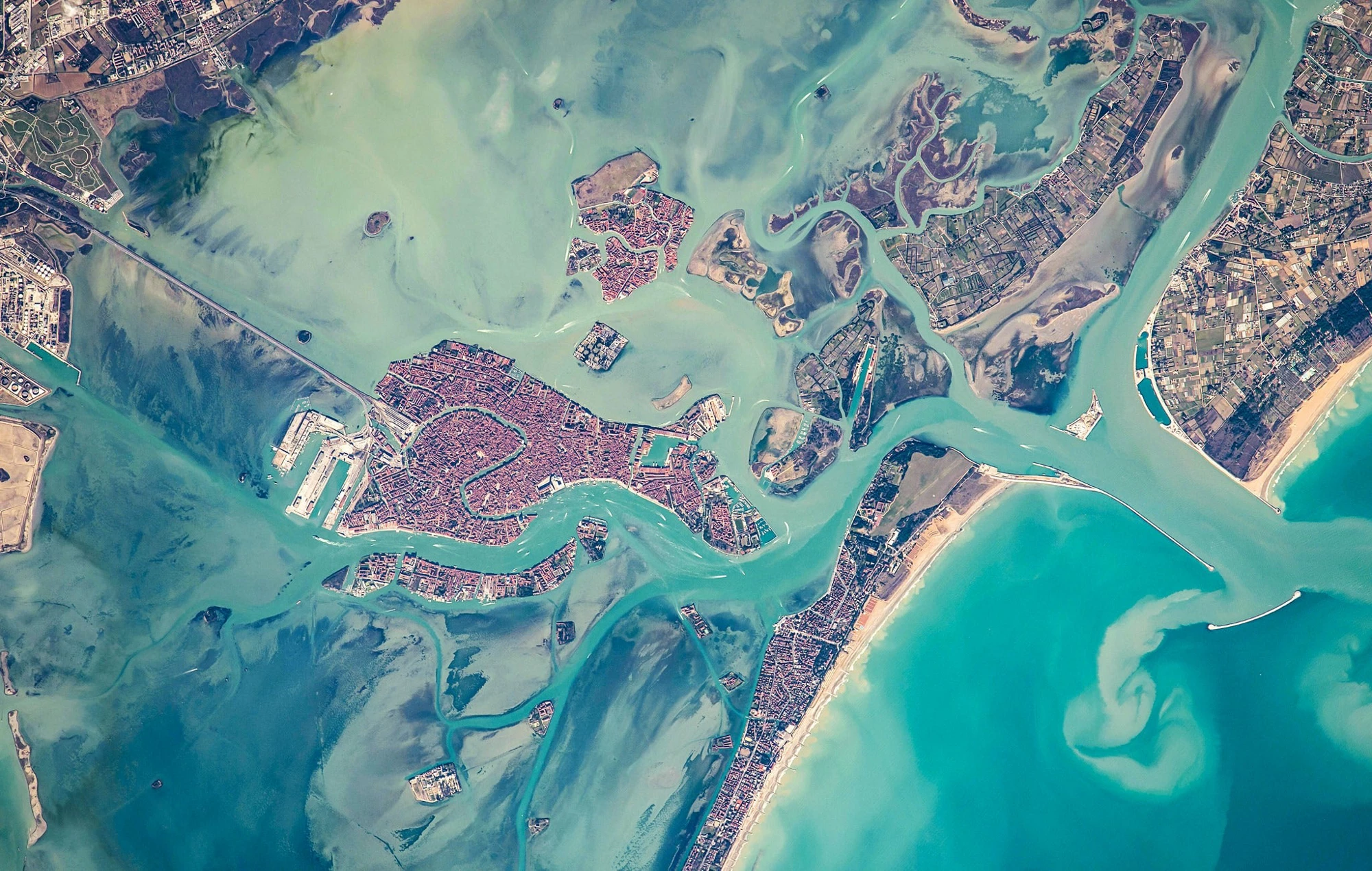
At merely 1 meter above sea level, Venice has had its fair share of natural disasters, especially floods. In 1966, the record-high 194-cm flood had severe consequences on the Old Venice, causing an estimated $6 million worth of damage (1966 US dollars). Given the city’s touristic and historical significance to Italy and the world, protection from flood is a top priority.
That's why the Government of Italy has invested over €5.5 billion on the MOSE Project, which involves constructing 4 mobile barriers at the mouth of the water basin to the sea in order to better control high tide and prevent it from flooding the Old Venice. Each barrier consists of several energy-efficient flap gates that can be deployed quickly when high tide occurs, maintaining the ideal water level in the basin while safeguarding the natural ecosystem in the laguna area. Once the project is completed in 2018, it should fully protect the city, and allow future generations to admire the beauty of its glory days.
I couldn’t think of a better backdrop to discuss the assessment and mitigation of disaster risk, be it natural or man-made. The Forum covered many aspects of risk management, from modeling to mapping and profiling. Various types of disasters were addressed, including floods, earthquakes and droughts, with lessons for countries of all sizes and income levels. Together these events provided ample food for thought when considering how to turn risk “science” into “action” for risk reduction. I also had the opportunity to learn more about the real-life applications of innovative technologies, such as open street map efforts from Nepal or Haiti, where communities help identify infrastructure and local-level risk information. These examples provided solid evidence on how a better understanding of risks can help save lives during recovery and improve resilience of communities.
But learning about risk can also be fun. A highlight of the Forum was a simulation game organized by the Urban Flood Community of Practice (UFCOP) designed to put participants in the shoes of a district authority managing flood risks with a limited budget and time. Participants quickly realized they had to work with a great deal of uncertainty, and were under pressure to choose among a wide variety of protection measures within a very short period of time. While the game simplified real life, it accurately captured the sense of urgency and confusion local authorities have to deal with when managing flood risk. It certainly changed my view of what and how to advise clients in terms of prioritizing flood mitigation or reactionary measures.
I see clear applications of this knowledge to my projects in Vietnam. The Mekong Delta cities in particular come to mind. With low-lying areas situated among a system of canals very similar to Venice, the threat of floods, subsidence, and salinity intrusion have now become a frequent reality. Because they are more likely to live in disaster-prone areas, poor people are often the first victims, and are at risk of falling back into extreme poverty when disaster strikes. Our urban upgrading projects in the Mekong Delta Region have improved the lives of poor people with better access to basic infrastructure, but we need to do even more when it comes to making that infrastructure more resilient, not only through better design but also with better construction codes. To this end, discussions with the national government on improving the use of construction codes, including awareness, acceptance and application by the general public and technical communities, could start the process of improving standards.
As such, I said goodbye to Venice with a better understanding of risks and a great confidence that the tools and insights gained from UR2016 will help me better support my clients to achieve these goals.



Join the Conversation